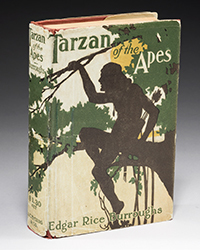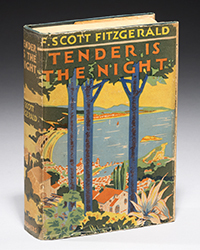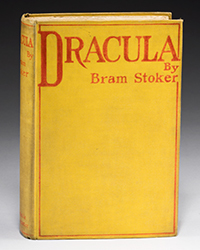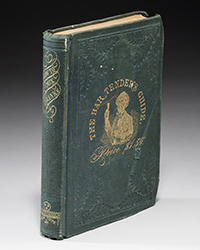Unwittingly of late, books have found themselves thrown into the controversy of so-called “cancel culture.” This is where things once generally accepted have been suppressed because they no longer meet today's standards of decency and respect for one another. We no longer permit the existence of that once “peculiar institution” of slavery, nor the publication of child pornography for obvious reasons. They have been “cancelled.” Good.
Somewhere between black slavery and published child pornography is racist literature. Like child pornography, it is hideous and can lead to emotional and physical harm to its victims. In this case, the victims are the heirs to slavery rather than children. Still, for the most part, where not leading to immediate physical harm, we permit racist literature to exist. The obvious reason is that we also cherish free speech and are reluctant to infringe on it because none of us wants to live in North Korea or places that “protect” us from hearing what the leadership does not want us to hear.
However, the expression “cancel culture” is not being tossed around to describe the most egregious of violations of human decency, such as child pornography, Nazi literature, and other comparably ugly racist screeds. It now is usually associated with alleged violations of decency that are small, and to many, appear imaginary. The most notable example is that of Dr. Seuss. Seuss combines the affection for one of the most popular children's authors ever with a few mildly “racist” drawings typical of his time. Theodor Geisel, the man who wrote and illustrated under the name “Dr. Seuss,” was a tolerant and caring man, but like Washington and Lincoln, he lived in different times. Few would have recognized certain stereotypes as racist or harmful in the 1930s and 1940s as we do today. Seuss' earliest works (before he began writing children's books) were the most objectionable. He evolved, as do all people of good will, over time.
When it comes to Seuss, the violations were not egregious. Most often cited is his And to Think that I Saw it on Mulberry Street, where an apparently Chinese man is shown carrying a rice bowl and chopsticks while wearing a conical hat. Certainly, that would be seen as a crude stereotype today, but few would have realized it in 1937. Most Americans undoubtedly thought it accurately portrayed how most Chinese people lived, such was our ignorance of foreign cultures.
As a result, the trust holding the rights to Dr. Seuss' copyrights decided to no longer publish this book and five others. Some believe he is being “cancelled,” though it should be noted that no one “cancelled” Seuss' books. The owner decided it no longer wished to publish these books, as is their right. No one forced them to stop. But, should they have stopped? My own opinion is no, they should not have. What they should have done was excise the occasional image inappropriate by current standards and then continued to publish. There is not so much offensive in Seuss' books as to make them unredeemable. Just remove an occasional image or word no longer appropriate. I have no doubt this is what Geisel would have wished.
It now appears some other books have joined the Seuss lexicon of those to whom some people object on similar grounds. Joining Seuss for a few people now is Curious George. He is the curious and mischievous little monkey who has been entertaining children since 1941. What sort of trouble has George got into now? In trying to understand this issue I came across an essay entitled A Good Little Monkey: Curious George’s Undercurrent of White Dominance and the Series’ Continued Popularity, on the Boston University Arts & Sciences Writing Program website.
The basis for the complaints about George appear to be his origin in Africa and his capture and removal to the West. The writer explains “...the Man’s ultimate goal consists of robbing George of his freedom and placing him in captivity, an objective that encapsulates the intentions of slave traders.” The writer continues, “... the traditional association of apes and monkeys with Blacks in comics and political cartoons throughout the twentieth century materializes with the Reys’ choice of George as a monkey, reaffirming his bestiality and his inferiority that results from being less than human. In ignoring the dehumanizing nature of the slave trade and slavery itself and instead celebrating their prevalent existence in American history by employing stereotypes and negative racial depictions, the book proves disturbingly problematic, especially given its wide-reception and popularity nearly seventy-five years later.”
Why did this writer conclude that George represents a Black person? Because he is a monkey? There is nothing in the book to suggest such an odious comparison. Was the Reys' intention in using a monkey to ignore “the dehumanizing nature of the slave trade and slavery itself and instead celebrating their prevalent existence in American history.” The Reys were German Jews who wrote this book shortly before escaping Nazi persecution. They certainly understood racial intolerance all too well, though probably not that much about American history. Why would anyone think their purpose was to dehumanize slaves, or that they wished to celebrate American slavery? The writer concedes she had never seen anything wrong with the book when reading it as a child nor had those who encouraged her to read it. So why has she now concluded that a monkey must symbolize a Black person? Taking George from his African home was probably wrong, and taking real monkeys and other animals from their African homes to zoos probably is too, but that is a wrong to the animals, not an act of racism. Who has ever looked at a zebra in a zoo and seen it as a symbol of slaves shipped off on the Middle Passage to America? Are our own preconceived stereotypes leading us to read more into some harmless fantasy than is there?
Now you must assume I am one of those who targets the “cancel culture” for some ulterior motives. I am not. My values are far more like those of the writer than she would probably imagine. I am aware that racism still runs deep in much of American society. After years of very slow progress, the last few years have seen some major steps back. I have no idea why we cannot shake this “original sin” of our society, but for some incomprehensible reason it persists. It is immoral and unacceptable, and yet we accept it. Don't ask me why. I will leave that to the psychologists and sociologists to explain.
What I do fear is when we take the essentially harmless books that at most need a little editing, but are beloved parts of our childhood and culture, and label them as racist screeds, we trivialize the real plague that is racism. It is similar to accusing anyone who does something wrong of being a Nazi. George Floyd is the real face of racism, not Curious George. We cannot be misled into thinking that is all there is to racism. It is not. It is cruel, brutal, and immoral. We need to cancel racism, not Dr. Seuss and Curious George.



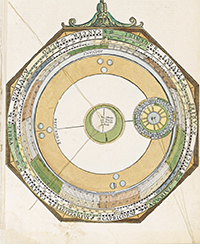

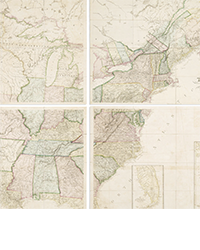
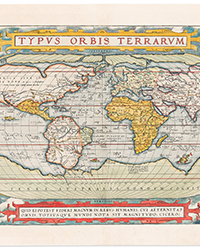
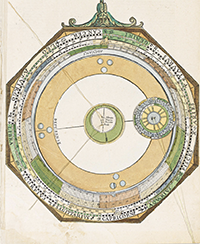
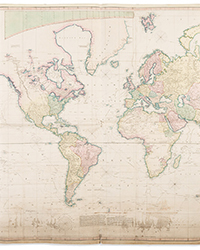
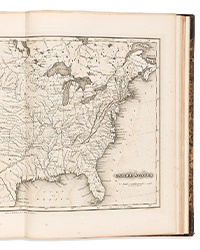
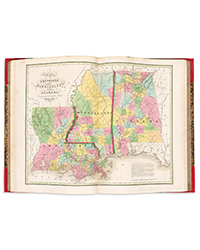
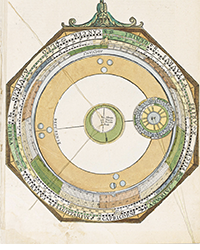
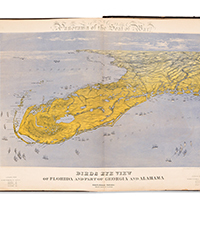
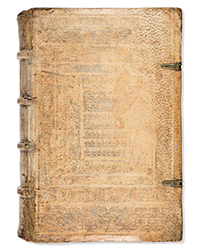
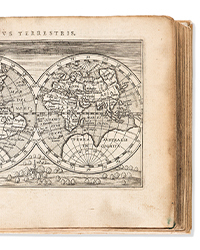
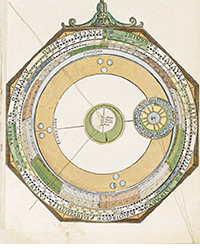
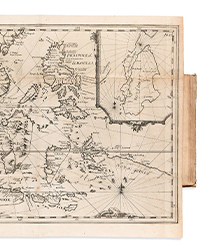
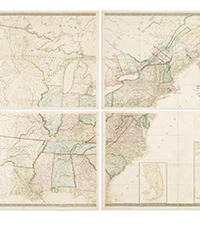
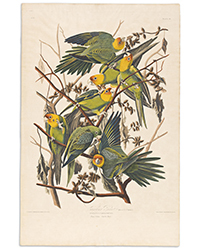
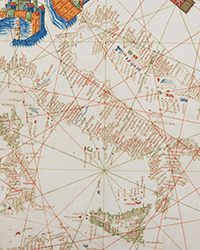
![<b>Sotheby’s, Dec. 11:</b> Darwin and Wallace. On the Tendency of Species to form Varieties..., [in:] <i>Journal of the Proceedings of the Linnean Society,</i> Vol. III, No. 9., 1858, Darwin announces the theory of natural selection. £100,000 to £150,000. <b>Sotheby’s, Dec. 11:</b> Darwin and Wallace. On the Tendency of Species to form Varieties..., [in:] <i>Journal of the Proceedings of the Linnean Society,</i> Vol. III, No. 9., 1858, Darwin announces the theory of natural selection. £100,000 to £150,000.](https://ae-files.s3.amazonaws.com/AdvertisementPhotos/00d5fd41-2542-4a80-b119-4886d4b9925f.png)

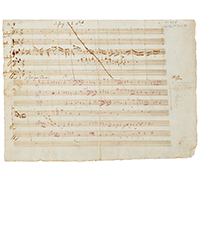

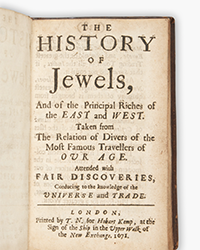
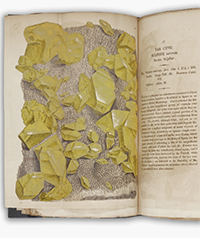
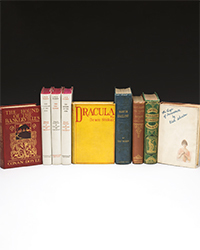
![<b>Heritage, Dec. 15:</b> John Donne. <i>Poems, By J. D. With Elegies on the Author's Death.</i> London: M[iles]. F[lesher]. for John Marriot, 1633. <b>Heritage, Dec. 15:</b> John Donne. <i>Poems, By J. D. With Elegies on the Author's Death.</i> London: M[iles]. F[lesher]. for John Marriot, 1633.](https://ae-files.s3.amazonaws.com/AdvertisementPhotos/8caddaea-4c1f-47a7-9455-62f53af36e3f.jpg)
